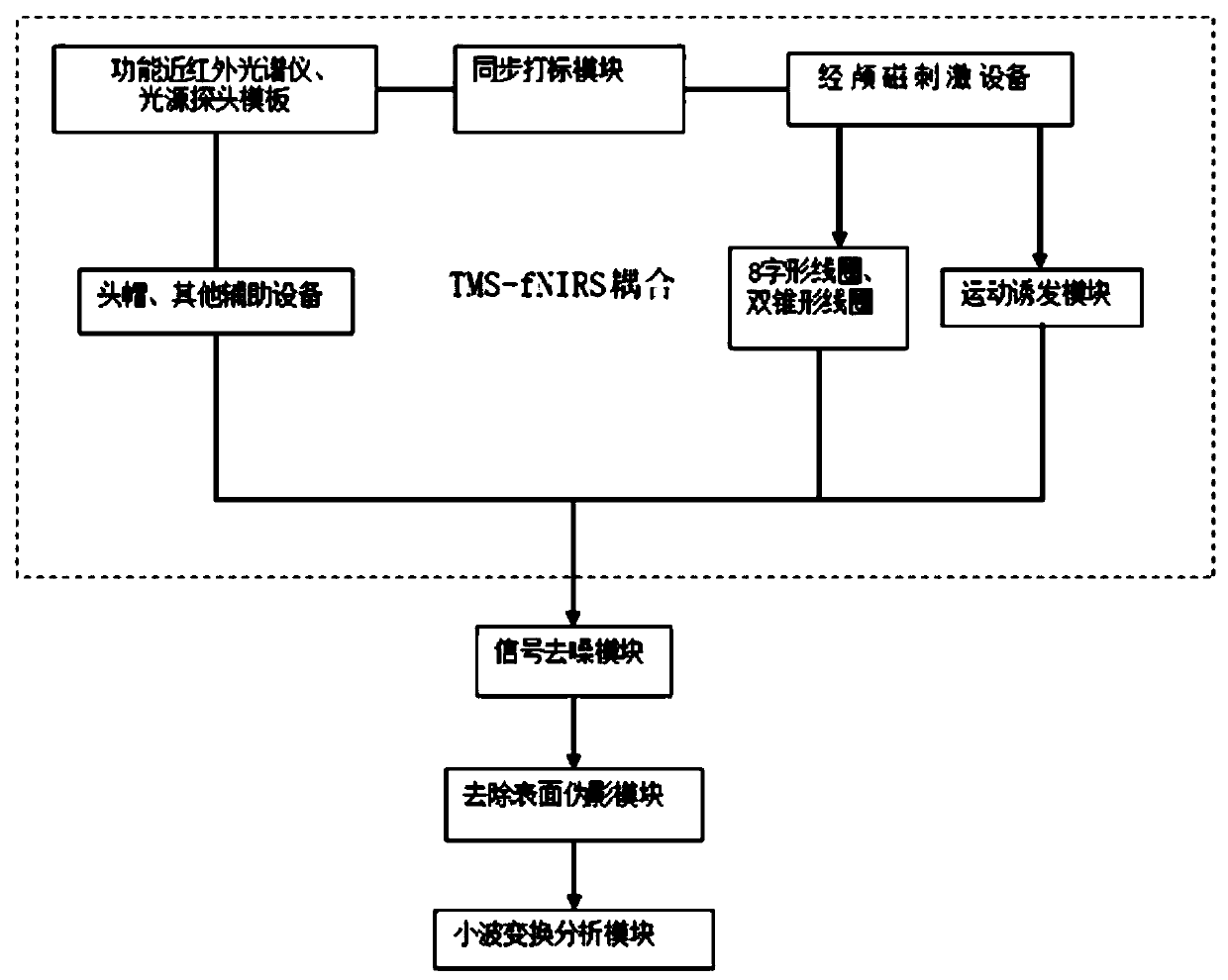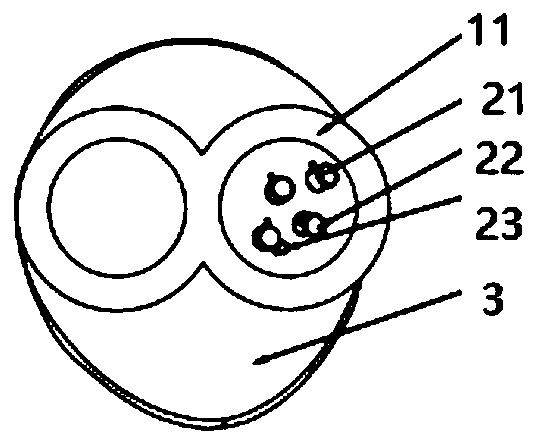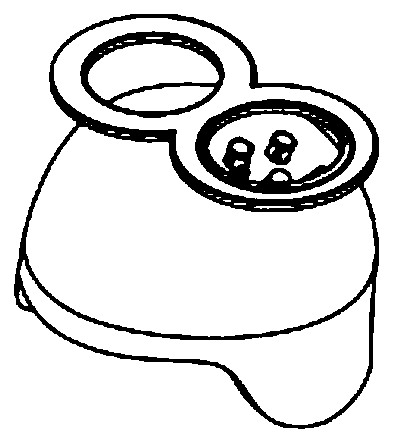Dynamic brain function detection method and system synchronous with transcranial magnetic stimulation
A transcranial magnetic stimulation and detection system technology, applied in magnetic therapy, electrotherapy, diagnostic recording/measurement, etc., can solve problems such as electromagnetic interference of instruments, somatosensory stimulation of scalp and muscle tissue, and increase in stimulation intensity
- Summary
- Abstract
- Description
- Claims
- Application Information
AI Technical Summary
Problems solved by technology
Method used
Image
Examples
Embodiment Construction
[0059] In the following, only some exemplary embodiments are briefly described. As those skilled in the art would realize, the described embodiments may be modified in various different ways, all without departing from the spirit or scope of the present invention. Accordingly, the drawings and descriptions are to be regarded as illustrative in nature and not restrictive.
[0060] The method and system for detecting dynamic brain function synchronously with transcranial magnetic stimulation according to the present invention will be described in detail below with reference to the accompanying drawings.
[0061] figure 1 It is a block diagram of a dynamic brain function detection system synchronized with transcranial magnetic stimulation according to the present invention.
[0062] The dynamic brain function detection system synchronized with the transcranial magnetic stimulation includes a transcranial magnetic stimulation device, which is used to magnetically stimulate the ...
PUM
 Login to View More
Login to View More Abstract
Description
Claims
Application Information
 Login to View More
Login to View More - R&D
- Intellectual Property
- Life Sciences
- Materials
- Tech Scout
- Unparalleled Data Quality
- Higher Quality Content
- 60% Fewer Hallucinations
Browse by: Latest US Patents, China's latest patents, Technical Efficacy Thesaurus, Application Domain, Technology Topic, Popular Technical Reports.
© 2025 PatSnap. All rights reserved.Legal|Privacy policy|Modern Slavery Act Transparency Statement|Sitemap|About US| Contact US: help@patsnap.com



